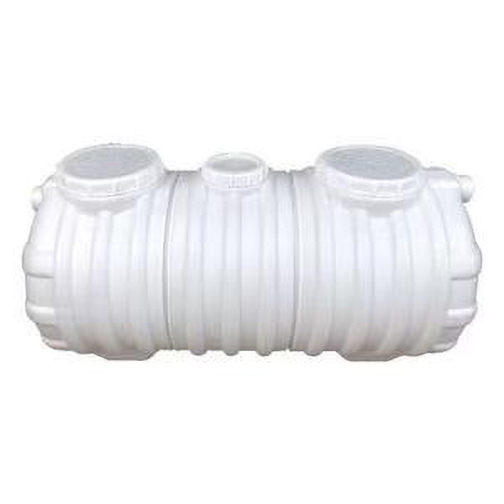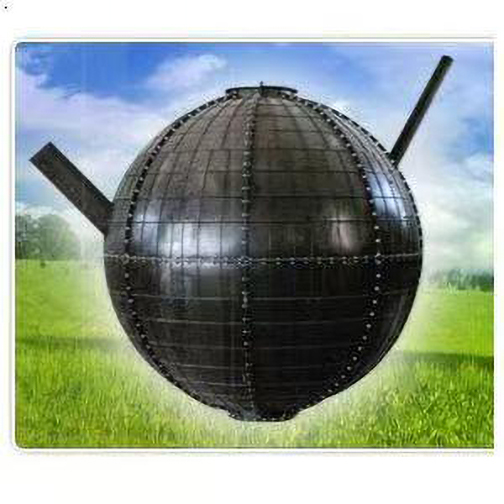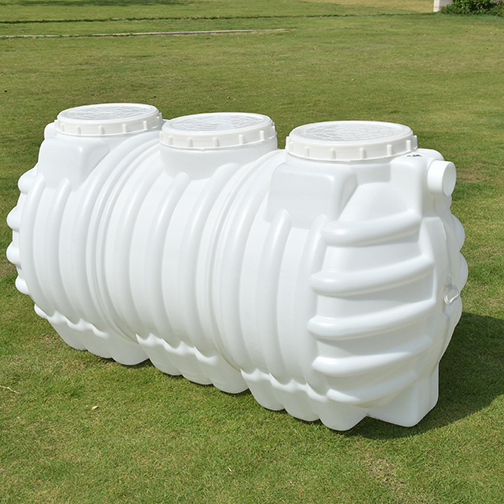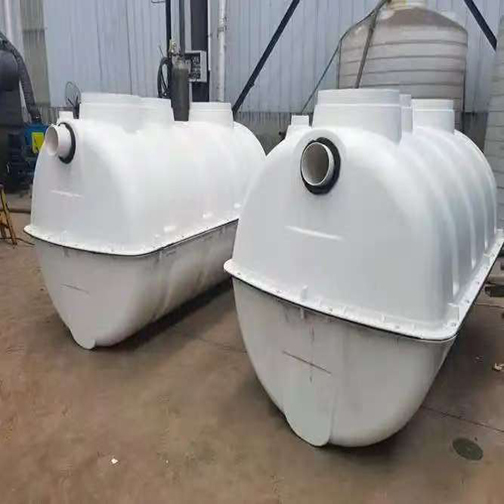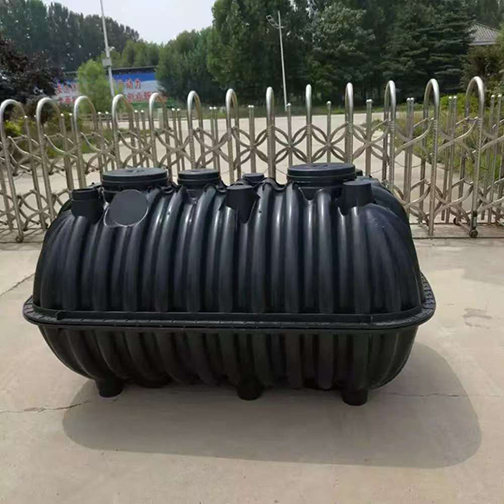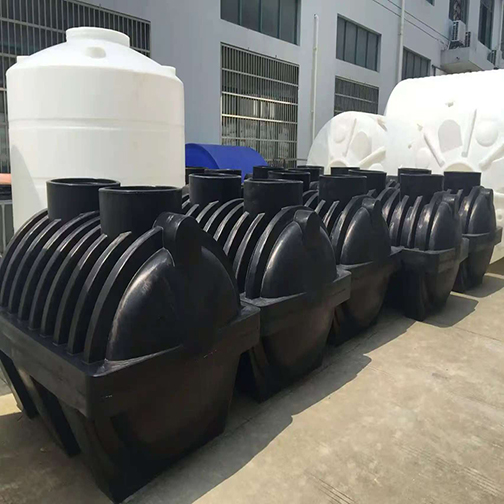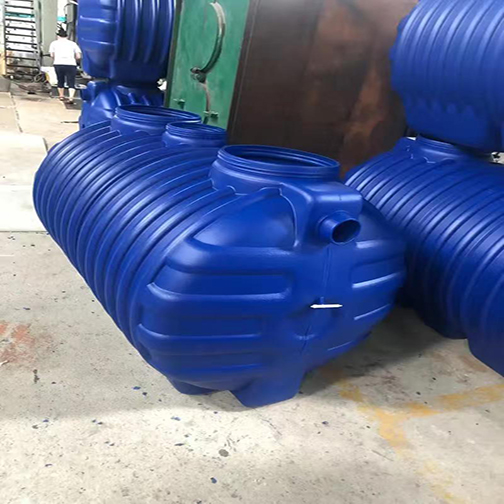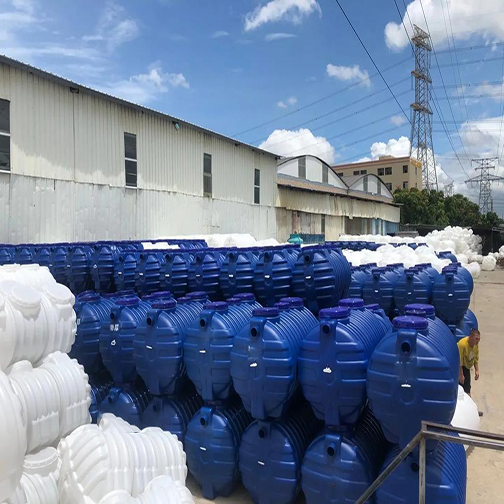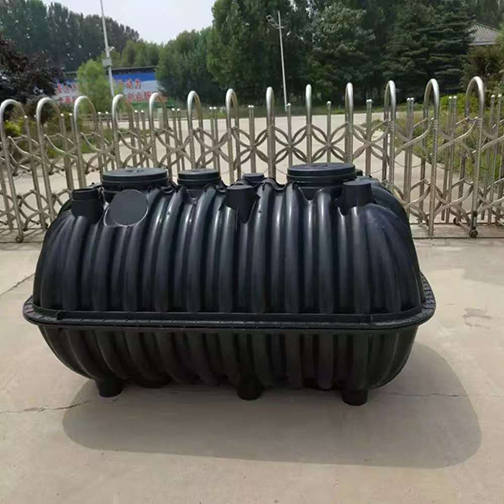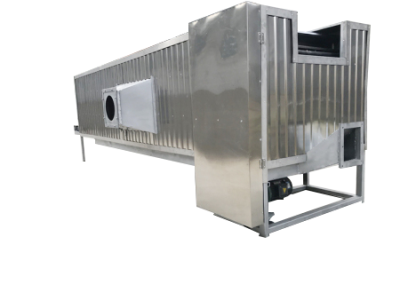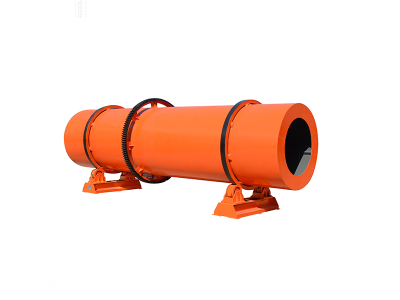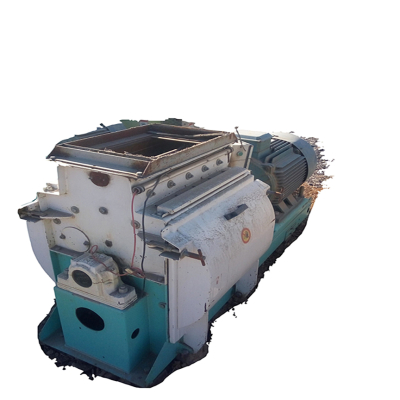Plastic biogas digester
- Wide adaptability of raw materials: Corn flake plastic biogas digesters can not only use common raw materials such as corn stalks, but also can efficiently use processing by-products such as corn flakes, thus broadening the source of raw materials.
- High gas production efficiency: After pretreatment, corn flakes have a looser structure, a larger specific surface area, more complete contact with microorganisms, and faster fermentation reaction, thereby improving gas production efficiency.
- Good sealing: Plastic materials are used, which have good sealing properties. With good design and installation technology, gas leakage can be effectively prevented, ensuring the normal operation and gas production rate of corn flake plastic biogas digesters.
- Corrosion resistance: The plastic material of corn flake plastic biogas digesters has good corrosion resistance, which can resist the erosion of acidic substances and other corrosive substances produced during the fermentation process, and extend the service life of the biogas digester.
- Convenient installation: Plastic biogas digesters are light in weight, small in size, and usually adopt modular design. The installation process is simple, and no large equipment and professional construction teams are required, which can greatly shorten the construction period and reduce installation costs.
- High safety: The material of the corn flake plastic biogas tank has certain elasticity and pressure resistance, can withstand certain pressure changes, and is not prone to safety accidents such as rupture or explosion due to collision, extrusion, etc.
- Environmental protection and energy saving: Organic waste such as corn flakes can be fermented anaerobically to produce clean energy biogas, realize the resource utilization of waste, and reduce environmental pollution. At the same time, the fermentation residues of the corn flake plastic biogas tank can be returned to the field as high-quality organic fertilizer to promote the sustainable development of agriculture.
Structural design
- Fermentation tank: The corn flake plastic biogas tank is usually cylindrical or spherical in design and made of high-strength plastic material. It has good sealing and corrosion resistance and can provide a stable environment for anaerobic fermentation of raw materials such as corn flakes.
- Feed inlet and outlet: The feed inlet is convenient for feeding corn flakes and other fermentation raw materials into the corn flake plastic biogas tank, and the outlet is used to discharge the fermented biogas residue and biogas liquid.
- Floating cover: Some corn flake plastic biogas tanks are equipped with floating covers, which can float up and down with the increase or decrease of biogas production, and play a role in storing and regulating biogas pressure.
Material selection
-The main body of the corn flake plastic biogas tank is generally made of anti-aging and corrosion-resistant plastic materials, such as polyvinyl chloride (PVC), polyethylene (PE), etc. These materials have good physical properties, can withstand certain pressure and temperature changes, and have good tolerance to the acidic substances produced during the fermentation process of corn flakes, which can extend the service life of the biogas tank.
How it works
- After corn flakes enter the corn flake plastic biogas digester, they are fermented and decomposed by microorganisms in an anaerobic environment. During the fermentation process, complex organic matter is gradually converted into simple organic acids, alcohols and other intermediates, and finally biogas (the main components are methane and carbon dioxide) is generated.
Corn Flake Plastic Biogas Digester Product Specifications
- The volume specifications of biogas digesters are diverse and can be selected according to the actual needs of users. Common ones are 5 cubic meters, 10 cubic meters, 20 cubic meters, etc.
Corn flake plastic biogas digester supporting facilities
- Usually equipped with some auxiliary equipment, such as biogas purification device, which can remove impurities, moisture and harmful gases such as hydrogen sulfide in biogas, improve the quality and combustion efficiency of biogas; there are also biogas transmission pipelines and valves to transport biogas to the place of use and control the flow and switch of biogas.

